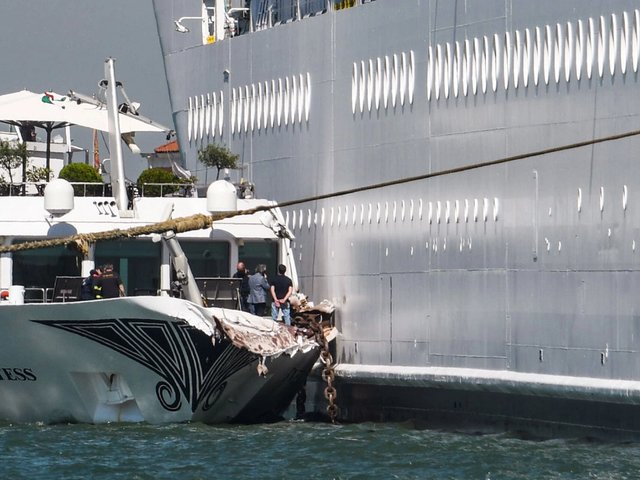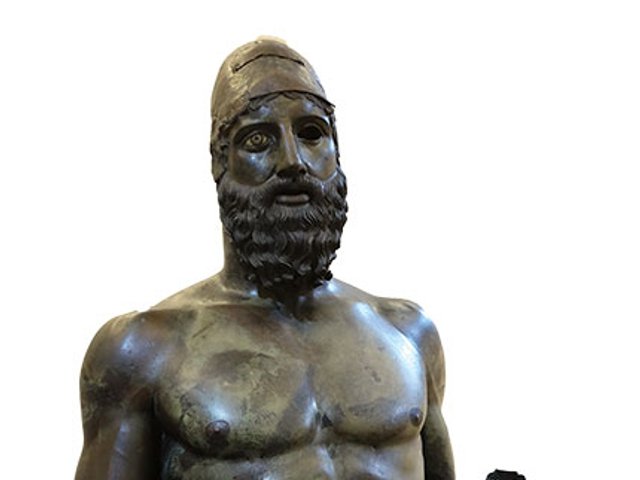The remains of a Roman road may lie hidden beneath the waters of the Venice lagoon, researchers write in the journal Scientific Reports. The team used sonar technology to reveal the archaeological remains along the seabed of the Treporti Channel, an area to the east of central Venice, and their results could prove that large settlements once existed in the area, centuries earlier than previously thought.
“We believe that what we found is a part of a road that connected the southern and the northern part of the Venice lagoon, connecting Chioggia (the ancient Clodia) to the city of Altinum,” says Fantina Madricardo of the ISMAR-Marine Science Institute in Venice, Italy. The scans identified 12 sections of the road, which stand in alignment for more than 1km along what was probably the ancient seashore. The longest single section is 52.7m in length.
The Venice lagoon’s sea level was much lower in Roman times, leaving more dry land than remains today, and divers have discovered Roman artefacts, including amphorae and objects interpreted as paving stones, on the seabed. Nonetheless, debate has long raged over whether the Romans maintained settlements there, hundreds of years before Venice’s traditional founding in the fifth century.
“Venice was thought to be built in a ‘desert’ place without any previous traces of human presence and the Roman findings on and within the seafloor belonged to buildings in the mainland surrounding the lagoon,” the team write in the research paper. Part of the problem is that scholars regarded the lagoon as “a separate space from the mainland,” the team adds, and only a fraction of the finds and excavations carried out there over recent decades have been published.

High resolution bathymetry of the Treporti Channel. The zoomed-in images show the details of some of the archaeological structures, one of which could possibly be part of a harbour (top left) Photo: Federica Foglini
Now, the team’s research indicates that extensive Roman settlements once stood in the Venice lagoon. In addition to the Roman road, the sonar scans identified four other structures in the Treporti Channel. One of these may have been a harbour, 700 square metres in size, with a circular tower at its centre. They also used archaeological and geomorphological data to recreate the lagoon’s environment in Roman times, arguing that the coastal area was rich in vegetation and perhaps even used for agriculture.
Putting their evidence together, the team argues that the newly discovered road passed through the Venice lagoon along a sandy ridge, and was probably integrated into the wider Roman road network. If so, it may be the final stage of a longer route from the south, representing a section that connected ancient Clodia at the south of the lagoon to Altinum at its northern end.
“We know that to the north of the investigated area some other Roman buildings have been found and excavated (such as a tower and a cistern), but the presence of such an infrastructure gives new insight on the extension of the settlements in the area,” Madricardo says.




